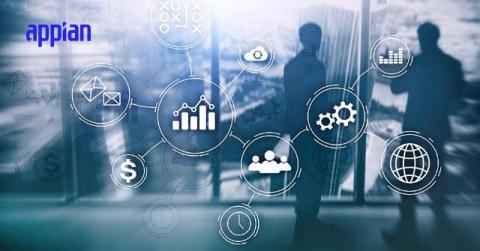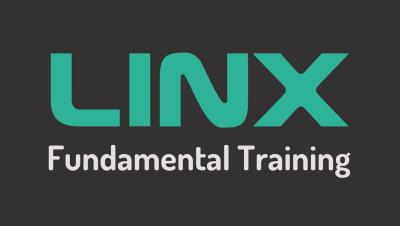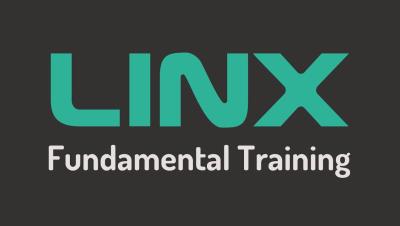Data Lineage: A Complete Guide
Data lineage is an important concept in data governance. It outlines the path data takes from its source to its destination. Understanding data lineage helps increase transparency and decision-making for organizations reliant on data. This complete guide examines data lineage and its significance for teams. It also covers the difference between data lineage and other important data governance terms and common data lineage techniques.










